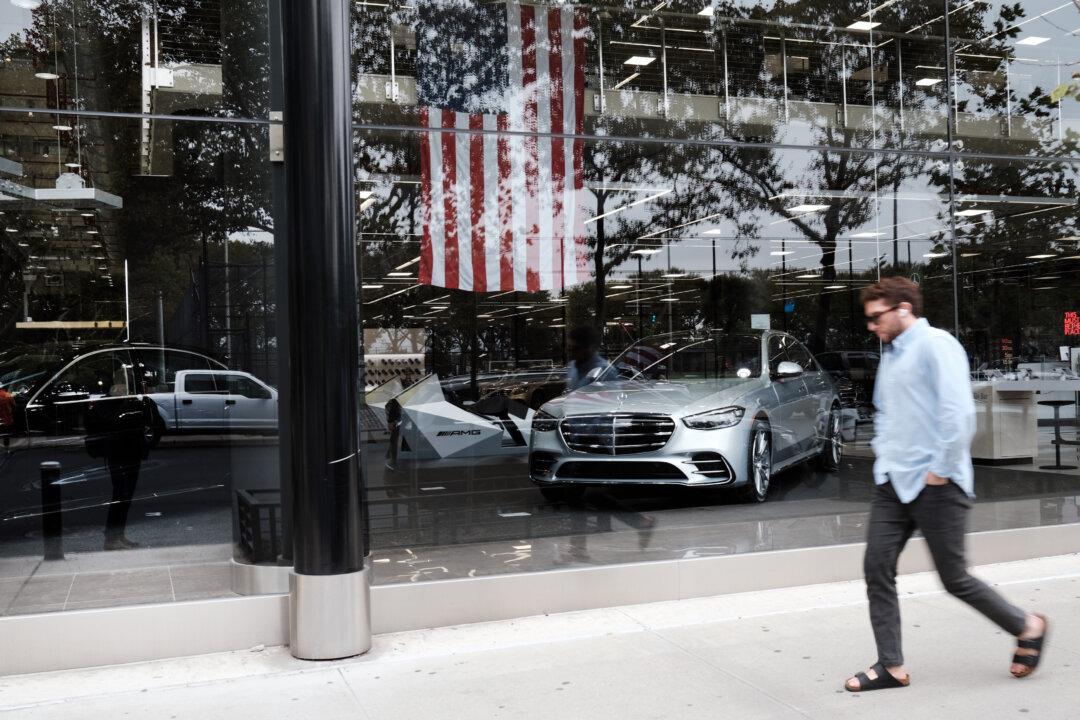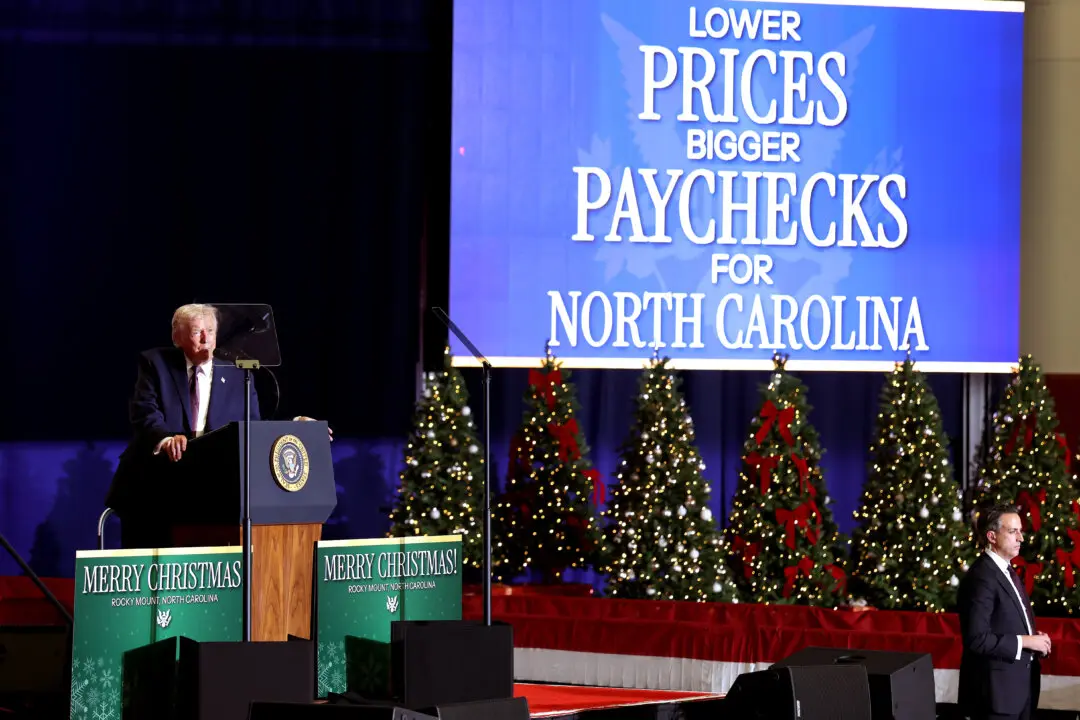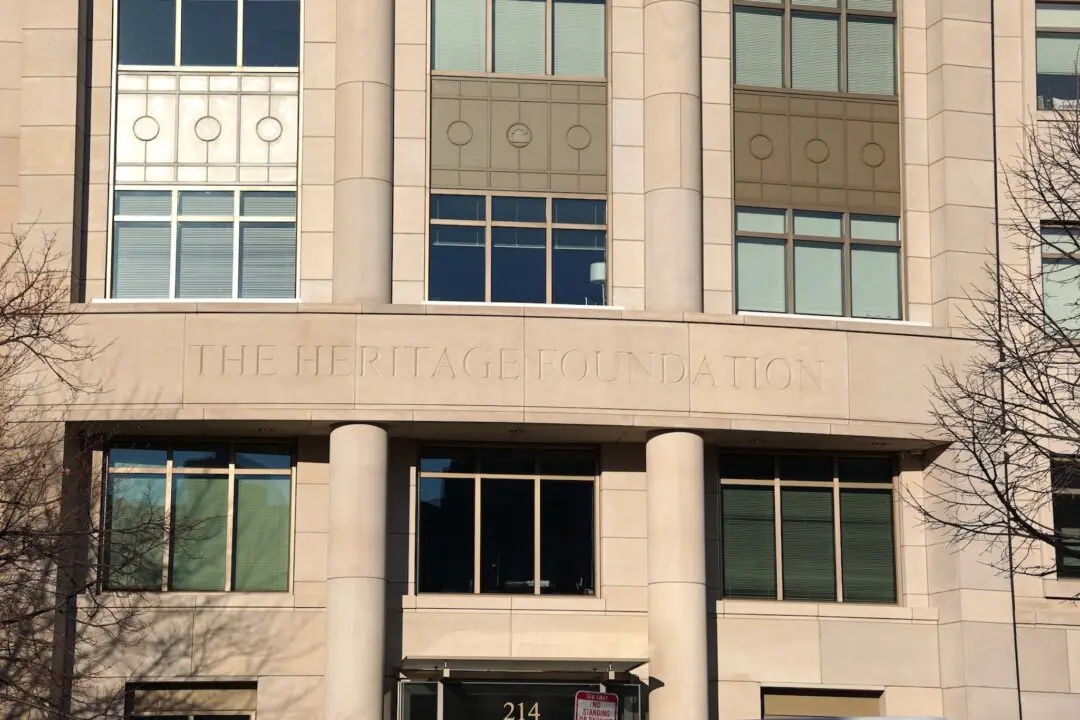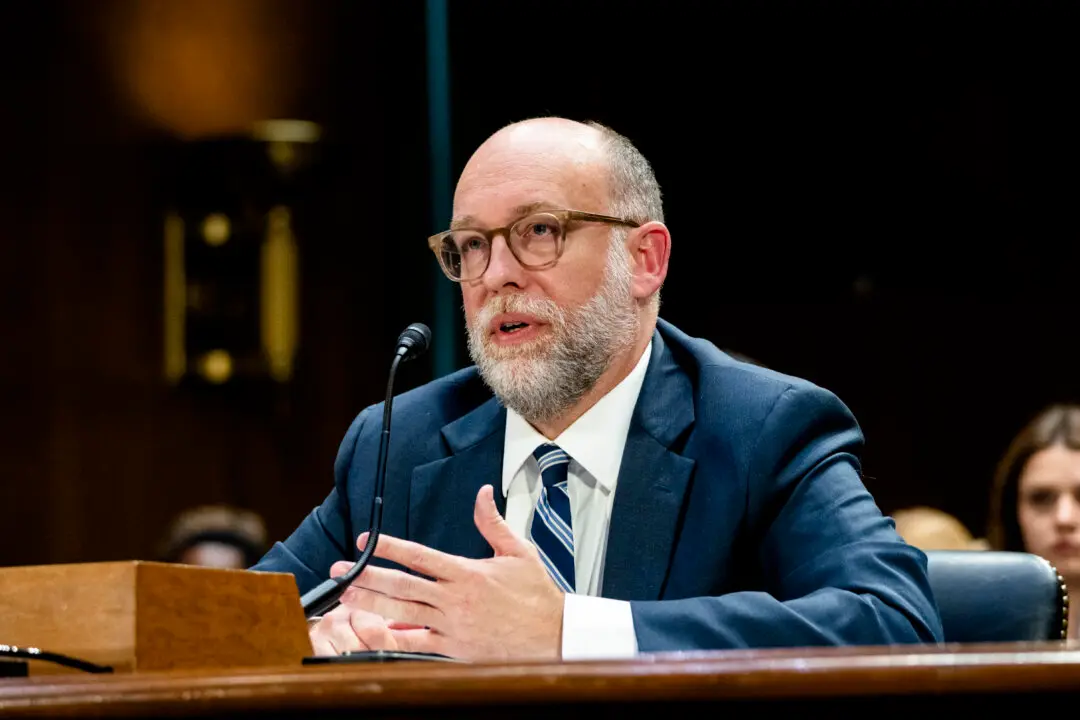Vehicle ownership and personal mobility have become an expensive endeavor in 2022.
The average price of a new car in the United States is now around $48,300, the highest on record. The surge in car prices, combined with large increases in fuel, insurance, and maintenance costs, over the past year have drastically increased the total cost of driving.





